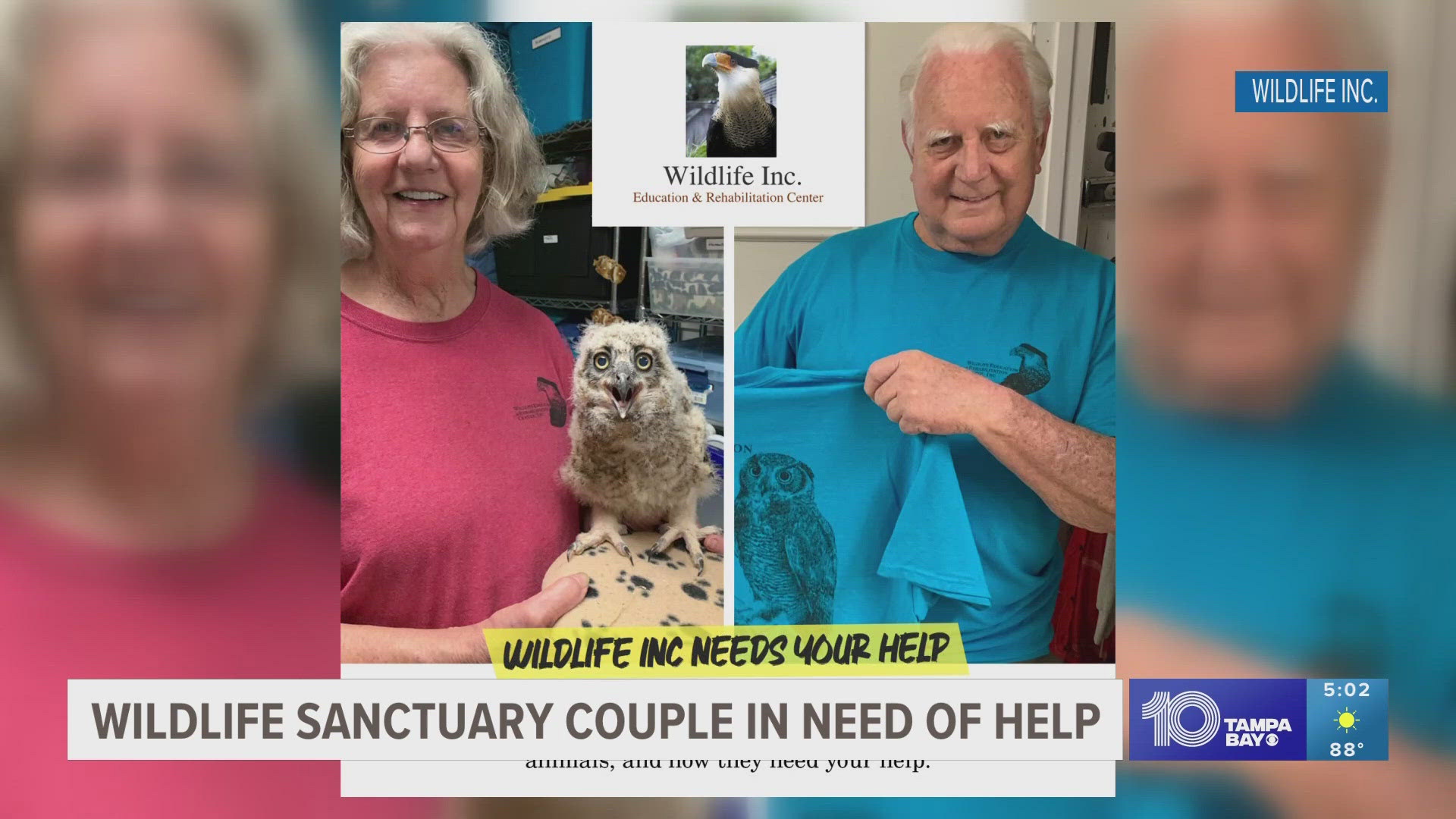Two rare Florida panther sightings up close in two weeks. But why are these encounters with humans happening?
Biologists say humans have a lot to with Florida panthers going on the move.
“Panthers are losing their habitat,” says Dave Onorato, panther biologist and associate research scientist for the Florida Panther Project.
In mid-March in East Fort Myers, a homeowner spotted a Florida panther lounging on his back porch and stayed for 20 minutes, long enough to capture a photo.
“Seeing one up close like that is very rare,” says Onorato.
Even more rare, having a panther join you on a nature walk. It happened to Tina Dorschel from Wisconsin while taking a stroll on Tuesday at the Corkscrew Swamp Sanctuary in Naples.
Onorato says, “She did everything correctly -- stood her ground and didn’t run.”
And she stayed calm enough to keep recording video. The biologist admits he thinks the 17-second video is pretty cool, biologists with the program have watched it numerous times.
Onorato says, as expected, the panther was just as startled of the woman on the boardwalk.
“It didn’t even make eye contact trying to get by once. It turned on the turbo booster and got out of there.”
Onorato says panthers typically avoid humans, but as Florida continues to grow more people move in and homes go up panthers are losing their natural habitat.
“There’s less and less habitat for them these interactions are occurring more frequently than they used to,” he says.
Florida panthers are an endangered species with 100 to 180 left in the state.
“In the '80's and '90's there were only 20-30 panthers left in the state. We’ve come a long way recovering in the right direction still have work to do.”
The growth is pushing panthers farther north. Some males have been spotted in Sarasota, Manatee, Hillsborough and Polk counties, and as far away as Georgia.
“These animals require a huge area to survive … a male’s home range is 200 square miles,” says Onorato.
But the females have not roamed north of the Caloosahatchee River in Southwest Florida. Biologists say for the panther population to grow in Central Florida the females will have to venture north over the river.
As housing developments take over panther habitats, the big cats are on the move into traveled areas. In 2015, the state saw a record breaking 42 panther deaths, 9 more than in 2014 -- a record-breaking year, according to the Florida Fish and Wildlife Conservation Commission. So far in 2016, there have been 11 panther deaths most have been hit by cars in Southwest Florida.
Onorato says the panther’s survival comes down to one factor. "Habitat, habitat, habitat. If there’s not enough habitat for panthers they won’t persist in the longterm.”


